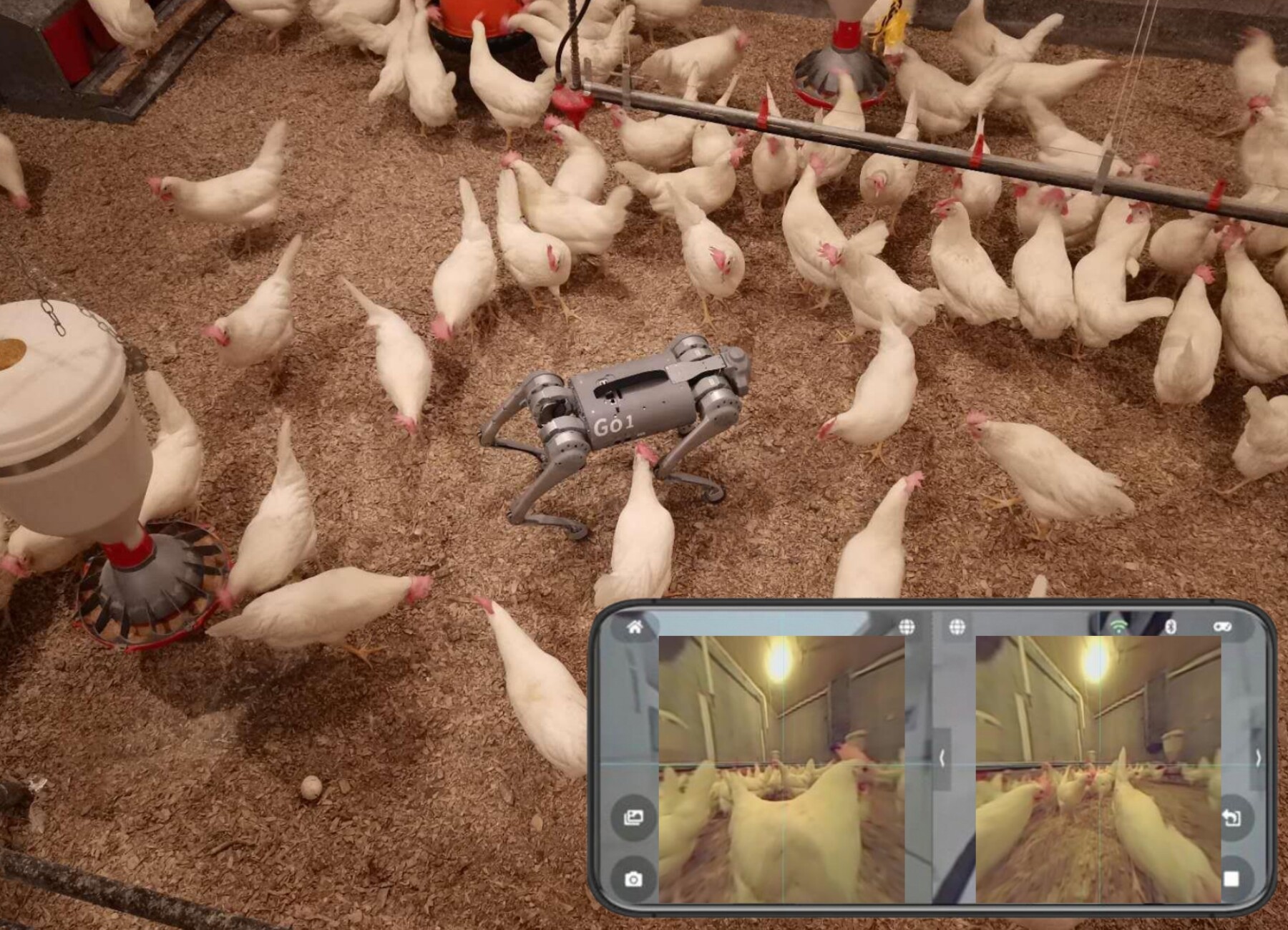poultry monitoring
-

Poultry behaviors such as drinking and feeding are critical for evaluating animal welfare and health. In commercial poultry houses, there are thousands of chickens in a flock, which makes monitoring individual behavior such as drinking and feeding challenging. In recent years, artificial intelligence (AI) has significantly impacted agriculture, particularly with the development of deep learning…
-

It’s estimated that approximately 20 million chickens in the U.S. die in commercial poultry houses before reaching market age or arriving at slaughterhouses for various reasons. In commercial broiler or cage-free laying hen houses, thousands of chickens are housed within the same facility in high density. Animal wellbeing monitoring, including daily mortality checks, is typically…
-

Domestic fowl shows the tendon-locking phenomenon, which lets them to express perching behavior (PB) with minimum muscular effort. The domestic hens look for an elevated structure for resting during night as that the jungle fowl, in order to prevent themselves from ground predators. Providing perches in cage-free (CF) housing (Figure 1) offers significant benefits for…
-

High pathogenicity avian influenza (HPAI) is disastrous for poultry industries worldwide. The outbreak of HPAI in 2014-2015 caused the loss of 60 million chickens and turkey, and the most recent HPAI outbreak since 2021 has led to losses of over 100 million chickens so far in the US. Farm biosecurity management practices have been applied…
-

The U.S. laying hen industry is transitioning from conventional caged (CC) systems to cage-free (CF) housing as driven by concerns of animal welfare, promoted by public demand for improved conditions and natural behavior among laying hens such as dustbathing (DB). The DB is a functionally important maintenance behavior in birds that clean plumage, realigns feather…
-

Footpad dermatitis (FPD) is a common poultry condition that can negatively influence chickens’ production, welfare, and health. FPD also called pododermatitis, is a widespread condition affecting broilers and laying hens. It is characterized by the development of inflammatory lesions, ulcers, and necrotic tissue on the plantar surface of the chickens’ feet. The FPD condition is…
-

As global demands on the poultry production and welfare both intensify, the precision poultry farming technologies such as computer vision-based cybernetics and robotic system is becoming important in addressing the current issues related to animal welfare and production efficiencies. The integration of computer vision technology has become a catalyst for transformative change in precision farming,…
-

Animal activities and behaviors provide significant insights into the mental and physical well-being of poultry, serving as a key indicator of their health and subjective states. For instance, predicting indoor particulate matter concentration in poultry houses can be informed by broiler activity and ventilation rates. Additionally, locomotor activity acts as a proxy for the gait…
-

In recent years, artificial intelligence (AI) advancements have greatly influenced the agricultural industry, particularly with the emergence of large foundation models. One such model, the Segment Anything Model (SAM) developed by Meta AI Research, has revolutionized object segmentation tasks. SAM has a revolutionary object segmentation utility by employing a cutting-edge foundation model. SAM demonstrates extraordinary…
-

Bumblefoot (pododermatitis, footpad dermatitis, or foot rot) is the term used to describe a common bacterial infection and chronic inflammatory reaction in a chicken. It is clinically characterized by swelling, abrasion, hyperkeratosis, and ulceration of the digital pad, planta metatarsal region, or both. Bumblefoot compromises the foot’s internal tissues, including the mesoderm, tendons, and bones,…